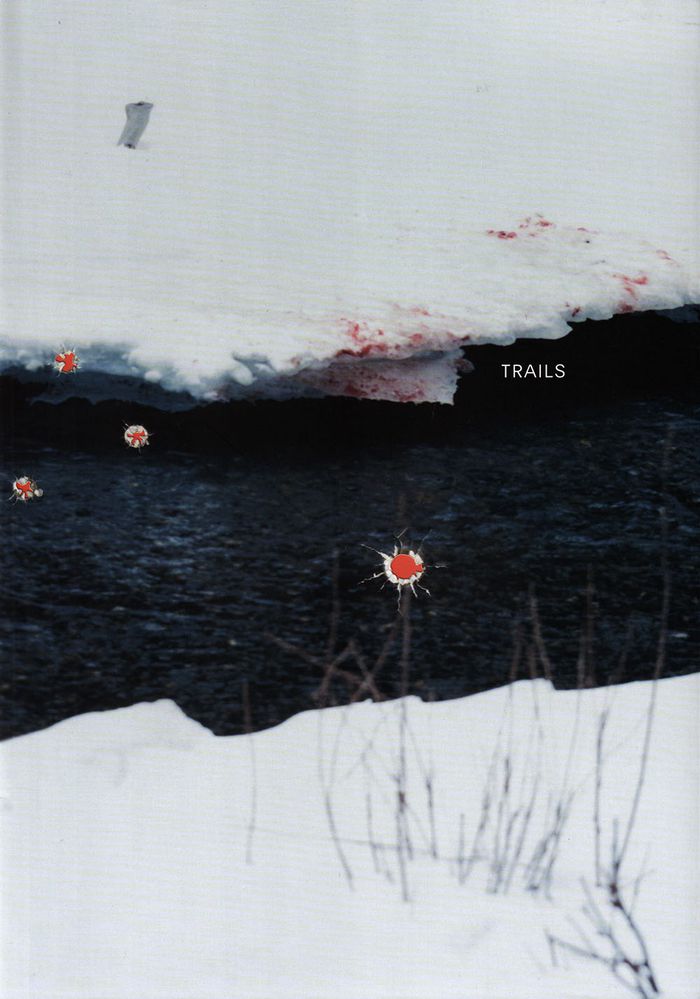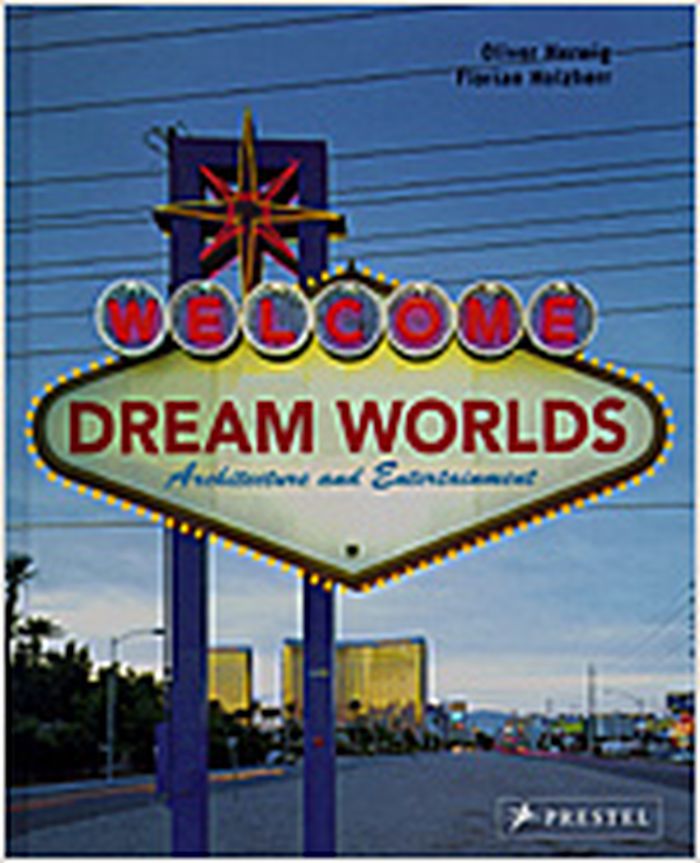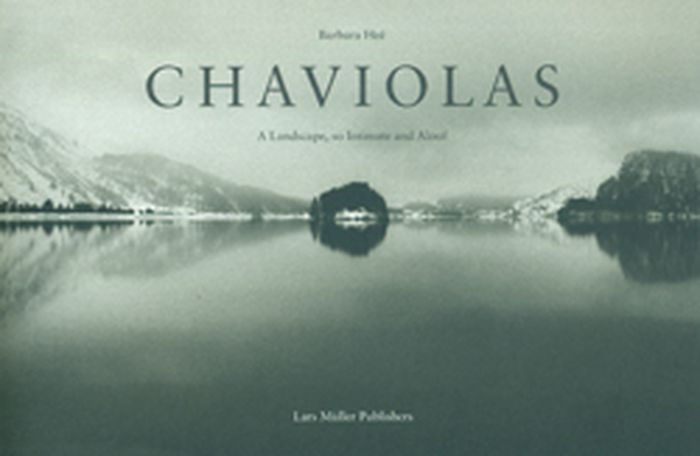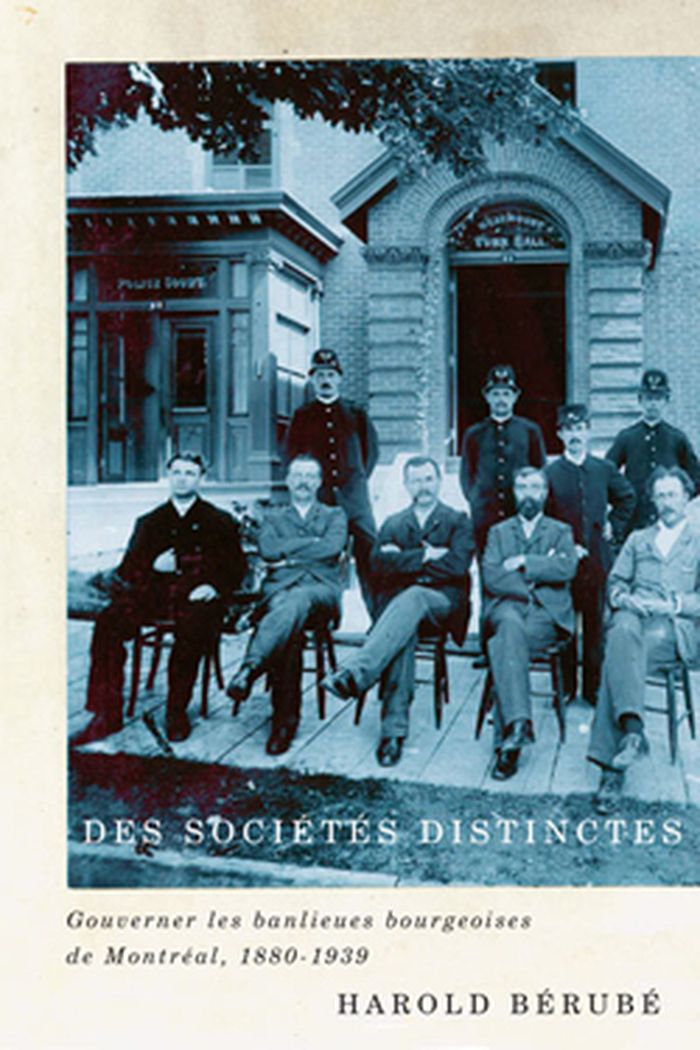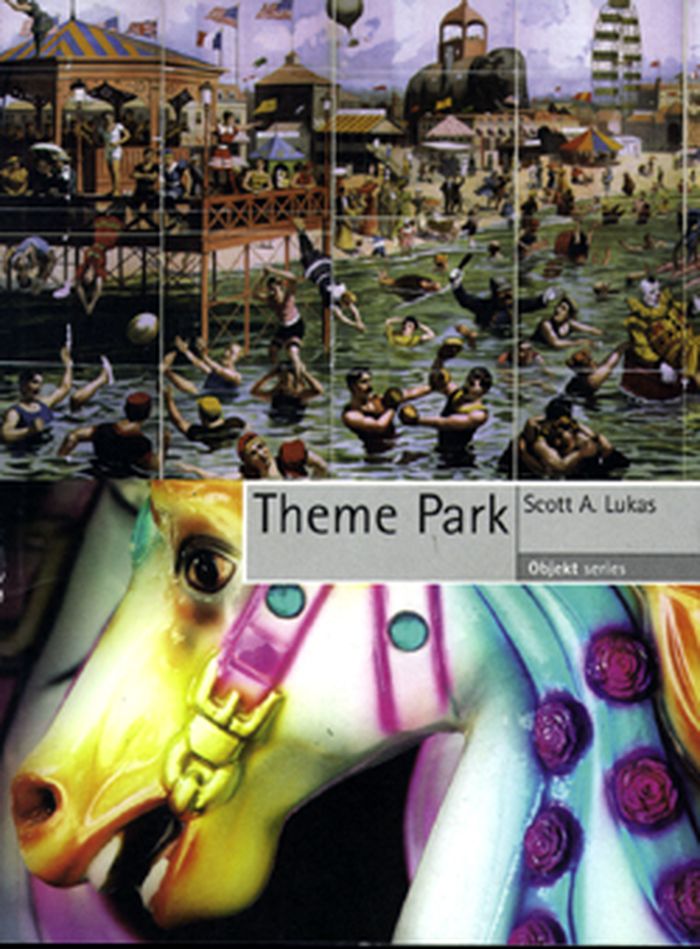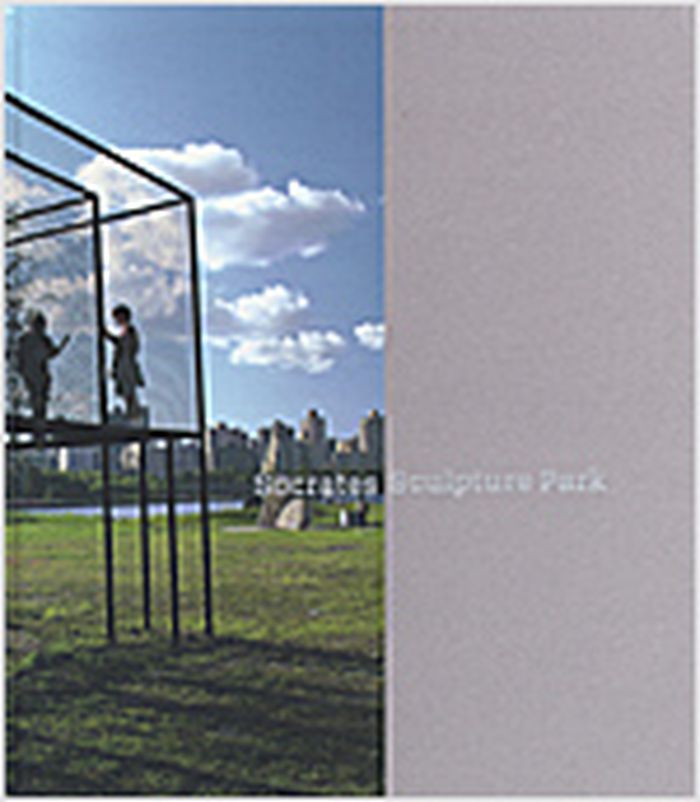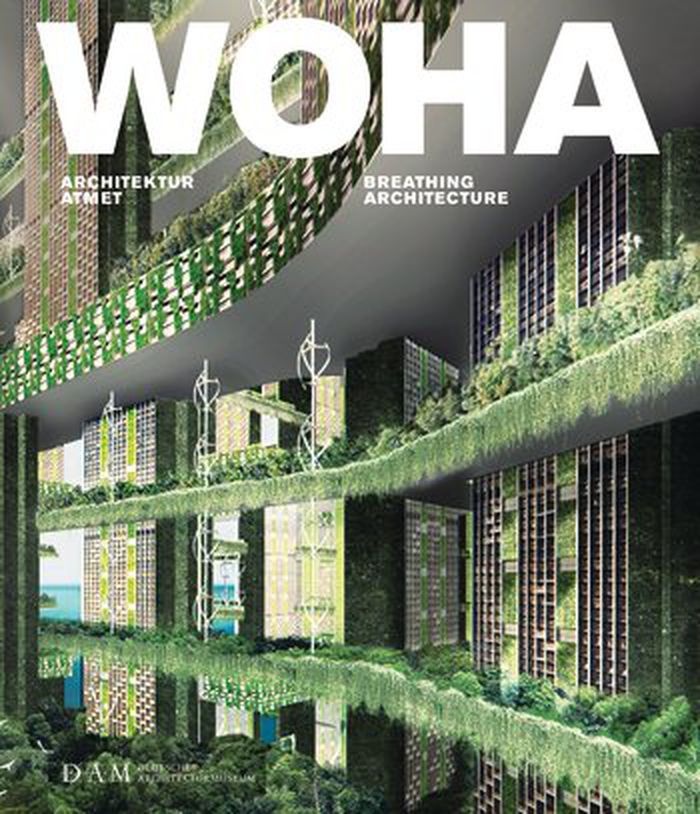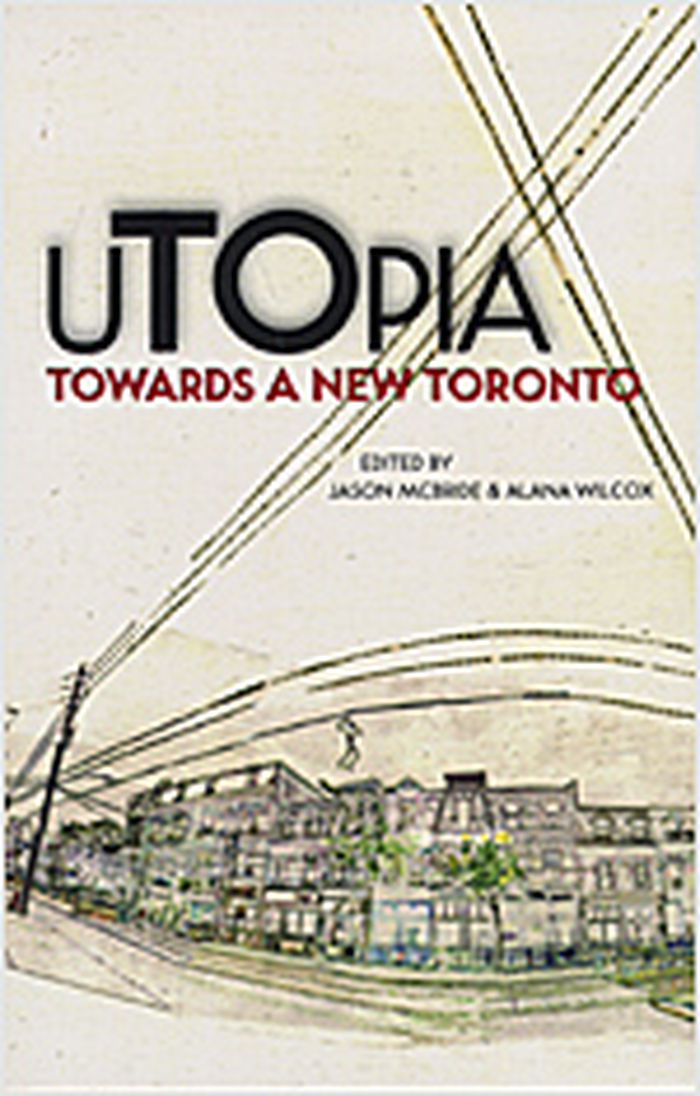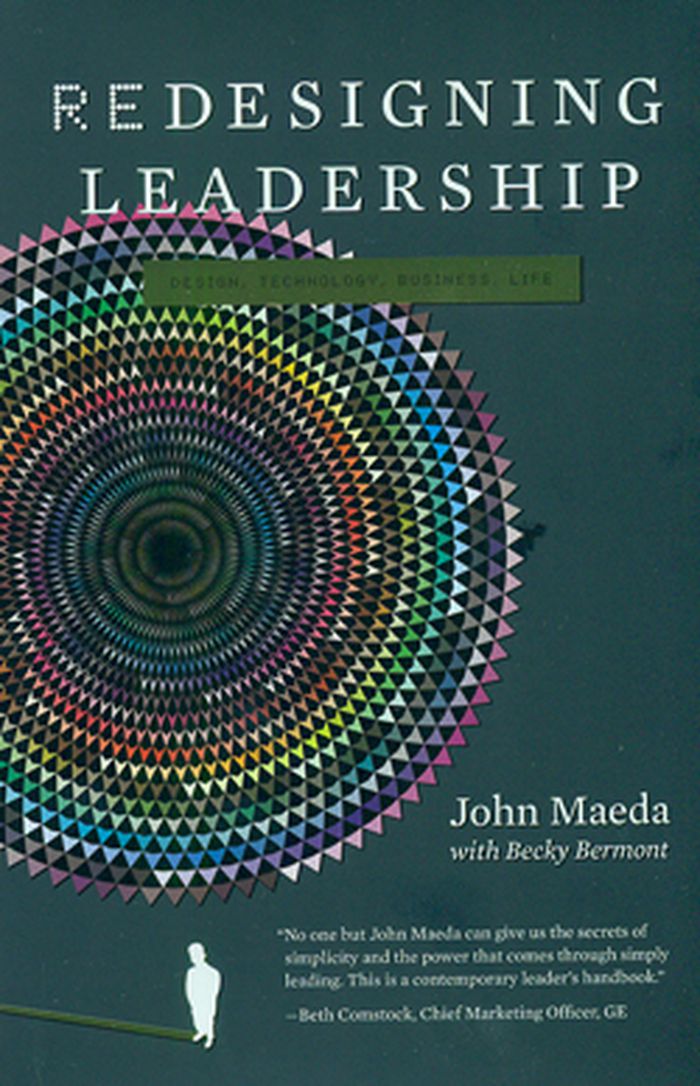Takashi Homma: Trails
$55.00
(disponible sur commande)
Résumé:
In this book, Takashi Homma traces the blood trails of deer killed in Shiretoko National Park on the Japanese island of Hokkaido. Like ritualistic stains or calligraphic compositions, the photographs, which Homma made in the winters of 2009 to 2018, are at once abstract and symbolic. Considered by some to be sacred, deer in Japan have controversially faced culls due to(...)
Takashi Homma: Trails
Actions:
Prix:
$55.00
(disponible sur commande)
Résumé:
In this book, Takashi Homma traces the blood trails of deer killed in Shiretoko National Park on the Japanese island of Hokkaido. Like ritualistic stains or calligraphic compositions, the photographs, which Homma made in the winters of 2009 to 2018, are at once abstract and symbolic. Considered by some to be sacred, deer in Japan have controversially faced culls due to their growing population, which upset agricultural communities struggling to protect their crops. To aid their mission in reducing numbers, the government encourages local hunters to take matters into their own hands. Homma photographs the effects – the red vestiges of wild life in the snow.
Monographies photo
$64.95
(disponible sur commande)
Résumé:
Architecture built for the purpose of living out a fantasy or for pure pleasure is multiplying at a breathtaking pace. The Mall of America, Dubai's The Palm, and Brandenburg's Tropical Island are all examples of architecture that do not fit into the traditional realm of buildings and function. Dream Worlds traces the idea of architecture and entertainment from its(...)
janvier 1900, Munich / London
Dream worlds : architecture and entertainment
Actions:
Prix:
$64.95
(disponible sur commande)
Résumé:
Architecture built for the purpose of living out a fantasy or for pure pleasure is multiplying at a breathtaking pace. The Mall of America, Dubai's The Palm, and Brandenburg's Tropical Island are all examples of architecture that do not fit into the traditional realm of buildings and function. Dream Worlds traces the idea of architecture and entertainment from its earliest incarnations, such as the Colosseum, to the late twentieth century, when examples of "architainment" have proliferated. It examines the post-modern desire for escapism and considers the future of this trend. Florian Holzherr's photographs capture each site as architectural structure, while complementary photographs by the author illustrate the sites in daily use.
Chaviolas
$80.00
(disponible sur commande)
Résumé:
Over a period of twenty years, the artist Barbara Heé has photographed Lake Silser and Chaviolas Island again and again. The resulting panoramas present a subtle portrait of this mountainous landscape in Switzerlands Upper Engadine valley. The depth and composition of these black-and-white photographs are captivating. The doubling caused by reflection in the lake and the(...)
Chaviolas
Actions:
Prix:
$80.00
(disponible sur commande)
Résumé:
Over a period of twenty years, the artist Barbara Heé has photographed Lake Silser and Chaviolas Island again and again. The resulting panoramas present a subtle portrait of this mountainous landscape in Switzerlands Upper Engadine valley. The depth and composition of these black-and-white photographs are captivating. The doubling caused by reflection in the lake and the everchanging lighting create spaces of magical presence. Precise observation of similar motifs opens up a world of sculptural forms that goes beyond the mere likeness. This volume of photographs presents, in the sense of an artists book, the complete series of photographs taken between 1987 and 2007, and which have been incorporated into Barbara Heé’s artistic work as a sculpter, painter, and draftswoman.
Monographies photo
$37.95
(disponible sur commande)
Résumé:
In 2006 fifteen suburban municipalities of Montreal partially regained the autonomy they lost during the 2002 mergers. The fact that most of these were affluent suburbs did not go unnoticed. Supporters of the "one island, one city" project saw the demerged municipalities as fiscal and linguistic enclaves refusing integration into the wider metropolitan community, but for(...)
Des sociétés distinctes : gouverner les banlieues bourgeoises de Montréal, 1880-1939
Actions:
Prix:
$37.95
(disponible sur commande)
Résumé:
In 2006 fifteen suburban municipalities of Montreal partially regained the autonomy they lost during the 2002 mergers. The fact that most of these were affluent suburbs did not go unnoticed. Supporters of the "one island, one city" project saw the demerged municipalities as fiscal and linguistic enclaves refusing integration into the wider metropolitan community, but for merger opponents they represented the last political institutions of Quebec's anglophone community, with long-established local identities and distinct political cultures. Harold Bérubé studies three of these "distinct societies" - Westmount, Pointe-Claire, and Town of Mount Royal - between the end of the nineteenth century and the beginning of the Second World War, demonstrating that they were the stage for a distinctive form of suburban governance, rooted in the search for socioeconomic distinction in a quickly changing metropolitan environment.
Architecture de Montréal
Theme park
$41.95
(disponible sur commande)
Résumé:
This book takes the primitive amusements of pleasure gardens as its starting point and launches from there into a rich, in-depth investigation of the evolution of the theme park over the twentieth century. Lukas examines theme parks in countries around the world – including the United States, UK, Europe, Japan, China, South Africa and Australia – and how themed fairs and(...)
Theme park
Actions:
Prix:
$41.95
(disponible sur commande)
Résumé:
This book takes the primitive amusements of pleasure gardens as its starting point and launches from there into a rich, in-depth investigation of the evolution of the theme park over the twentieth century. Lukas examines theme parks in countries around the world – including the United States, UK, Europe, Japan, China, South Africa and Australia – and how themed fairs and parks developed through diverse means and in a variety of settings. The book examines world-famous and lesser-known parks, including the early parks of Coney Island, a series of World Fairs and their luxurious exhibition halls, Six Flags parks and virtual theme parks today, and, of course, Disneyland and Walt Disney World. Lukas analyses the theme park as a living entity that unexpectedly shapes people, their relationships and the world around them.
Théorie de l’urbanisme
livres
$52.95
(disponible sur commande)
Résumé:
In the years 1988-1995 the Japanese architect Tadao Ando built a museum complex complete with a hotel, restaurant and seminar rooms on the island Naoshima (Kagawa). Constructed out of concrete, its platforms and walls extend far out into the landscape, framing the natural surroundings as a picture. Ando's customary restraint in his selection of materials, and his(...)
Tadao Ando : architecture of silence
Actions:
Prix:
$52.95
(disponible sur commande)
Résumé:
In the years 1988-1995 the Japanese architect Tadao Ando built a museum complex complete with a hotel, restaurant and seminar rooms on the island Naoshima (Kagawa). Constructed out of concrete, its platforms and walls extend far out into the landscape, framing the natural surroundings as a picture. Ando's customary restraint in his selection of materials, and his preference for simple forms which allow the serenity of the surrounding land and seascape to penetrate the rooms are much in evidence in this masterpiece. In this book, Werner Blaser has successfully captured the essence of tranquility so characteristic of Ando's architecture. His photographs are of an extraordinarily beautiful and reflective intensity. Also included is an introductory essay, drawing comparisons to Ando's other buildings which all succeed in combining nature and geometry.
livres
juin 2001, Basel
Architecture, monographies
Socrates sculpture park
$72.95
(disponible sur commande)
Résumé:
Socrates Sculpture Park is a public art spaces. The Park opened in 1986 and has been an outdoor studio to over 500 artists, a venue presenting more than 40 exhibitions of large-scale sculpture, and a vital park attracting a diverse audience to Long Island City’s East River waterfront. This book is published to celebrate the 20th anniversary of Socrates Sculpture Park, and(...)
Paysages urbains
octobre 2006, New Haven, London
Socrates sculpture park
Actions:
Prix:
$72.95
(disponible sur commande)
Résumé:
Socrates Sculpture Park is a public art spaces. The Park opened in 1986 and has been an outdoor studio to over 500 artists, a venue presenting more than 40 exhibitions of large-scale sculpture, and a vital park attracting a diverse audience to Long Island City’s East River waterfront. This book is published to celebrate the 20th anniversary of Socrates Sculpture Park, and it is the first major publication on this unique outdoor museum. Sculptor Mark di Suvero founded the Park with the assistance of fellow artists, community members, and city officials who transformed an abandoned lot into an award-winning urban renewal project. The history, spirit, and nature of this collaborative enterprise is presented through photographs and essays that reveal the beauty, energy, and import of this successful public art space.
Paysages urbains
WOHA: breathing architecture
$65.00
(disponible en magasin)
Résumé:
A monograph on the architectural practice WOHA, known for its environmentally friendly buildings. This first monograph on Singapore-based WOHA uses examples such as open-aired tropical family homes, green permeable high-rises, and a cutting-edge resort on the island of Bali to show how the firm has continued to create innovative, environmentally sensitive structures that(...)
Architecture, monographies
février 2012
WOHA: breathing architecture
Actions:
Prix:
$65.00
(disponible en magasin)
Résumé:
A monograph on the architectural practice WOHA, known for its environmentally friendly buildings. This first monograph on Singapore-based WOHA uses examples such as open-aired tropical family homes, green permeable high-rises, and a cutting-edge resort on the island of Bali to show how the firm has continued to create innovative, environmentally sensitive structures that blend into their environments, yet maintain aesthetic integrity. Essays in the book explore WOHA's tropical architecture, discuss the Asian understanding of nature, and examine newly designed community spaces. Headed by Wong Mun Summ and Richard Hassell, the practice is making a name internationally for their sophisticated projects, which are presented in this volume. Through numerous illustrations and in-depth essays, this book reveals the innovative, sustainable, and green designs of WOHA.
Architecture, monographies
$24.95
(disponible sur commande)
Résumé:
Since the election of Mayor David Miller in November 2003, Toronto has experienced a wave of civic pride and enthusiasm not felt in decades. At long last, Torontonians see their city as a place of possibility and potential. Visions of a truly workable, liveable and world-class city are once again dancing in citizens’ heads. In the past two years, this spirit has, directly(...)
Utopia : towards a new Toronto
Actions:
Prix:
$24.95
(disponible sur commande)
Résumé:
Since the election of Mayor David Miller in November 2003, Toronto has experienced a wave of civic pride and enthusiasm not felt in decades. At long last, Torontonians see their city as a place of possibility and potential. Visions of a truly workable, liveable and world-class city are once again dancing in citizens’ heads. In the past two years, this spirit has, directly or indirectly, manifested itself in multifarious forms: in writer Sheila Heti’s sui generis lecture series, Trampoline Hall; in the transformation of derelict hotels such as the Drake and the Gladstone into cultural hotspots; in renewed interest in waterfront revitalization and public transportation; in exciting, controversial architectural developments such as the OCAD building, the expansion of the ROM and the AGO; in the [murmur] project, which catalogues stories about Toronto neighbourhoods and broadcasts them to people’s cell phones; in the explosion of the local independent music scene. "uTOpia" aims to capture and chronicle that spirit, collecting writing by many of the people inspired by and involved in these projects. Featuring passionate, visionary essays by thirty-four different journalists, artists, thinkers, architects and activists, "uTOpia" is a compendium of ideas, opinions and strategies. The anthology explores plans to redevelop the Island airport into a Ward’s Island-style community; how the Zeidler family is energizing artist-run centres; what a car-free Kensington Market might mean; the necessity and beauty of laneway housing; the way past efforts to combat devastating developments like the Spadina Expressway have shaped current activism; what a utopian Toronto might look like mapped out; and much, much more. "uTOpia" writes Toronto as it is shared and created by the people who live here. Though it is by no means a complete picture of what is happening in the city right now, it will hopefully show that what was once just a T-shirt slogan – I Heart T.O. – is now genuine, heartfelt sentiment.
Architecture du Canada
Redesigning leadership
$21.95
(disponible sur commande)
Résumé:
When designer and computer scientist John Maeda was tapped to be president of the celebrated Rhode Island School of Design in 2008, he had to learn how to be a leader quickly. He had to transform himself from a tenured professor into the head of a hierarchical organization. Maeda has had to teach himself, through trial and error, about leadership. In Redesigning(...)
Redesigning leadership
Actions:
Prix:
$21.95
(disponible sur commande)
Résumé:
When designer and computer scientist John Maeda was tapped to be president of the celebrated Rhode Island School of Design in 2008, he had to learn how to be a leader quickly. He had to transform himself from a tenured professor into the head of a hierarchical organization. Maeda has had to teach himself, through trial and error, about leadership. In Redesigning Leadership, he shares his learning process. Maeda, writing as an artist and designer, a technologist, and a professor, discusses intuition and risk-taking, "transparency," and all the things that a conversation can do that an email can't. In his transition from MIT to RISD he finds that the most effective way to pull people together is not social networking but free food. Hhe uses his experience to reveal a new model of leadership for the next generation of leaders.
Théorie du design
